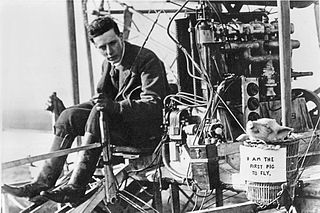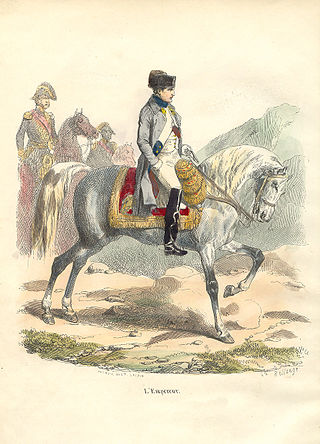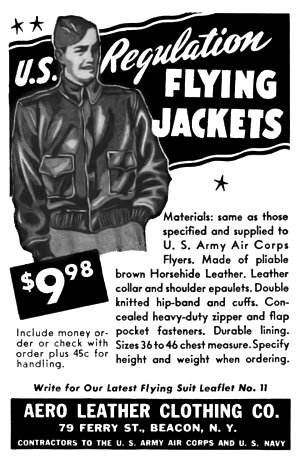
A fixed-wing aircraft is a heavier-than-air flying machine, such as an airplane, which is capable of flight using wings that generate lift caused by the aircraft's forward airspeed and the shape of the wings. Fixed-wing aircraft are distinct from rotary-wing aircraft, and ornithopters. The wings of a fixed-wing aircraft are not necessarily rigid; kites, hang gliders, variable-sweep wing aircraft and airplanes that use wing morphing are all examples of fixed-wing aircraft.

A hard hat is a type of helmet predominantly used in workplace environments such as industrial or construction sites to protect the head from injury due to falling objects, impact with other objects, debris, rain, and electric shock. Suspension bands inside the helmet spread the helmet's weight and the force of any impact over the top of the head. A suspension also provides space of approximately 30 mm between the helmet's shell and the wearer's head, so that if an object strikes the shell, the impact is less likely to be transmitted directly to the skull. Some helmet shells have a mid-line reinforcement ridge to improve impact resistance. The rock climbing helmet fulfills a very similar role in a different context and has a very similar design.

This is a list of aviation-related events from 1909:

The Airspeed AS.10 Oxford is a twin-engine monoplane aircraft developed and manufactured by Airspeed. It saw widespread use for training British Commonwealth aircrews in navigation, radio-operating, bombing and gunnery roles throughout the Second World War.

Goggles, or safety glasses, are forms of protective eyewear that usually enclose or protect the area surrounding the eye in order to prevent particulates, water or chemicals from striking the eyes. They are used in chemistry laboratories and in woodworking. They are often used in snow sports as well, and in swimming. Goggles are often worn when using power tools such as drills or chainsaws to prevent flying particles from damaging the eyes. Many types of goggles are available as prescription goggles for those with vision problems.
An aviator badge is an insignia used in most of the world's militaries to designate those who have received training and qualification in military aviation. Also known as a Pilot's Badge, or Pilot Wings, the Aviator Badge was first conceived to recognize the training that military aviators receive, as well as provide a means to outwardly differentiate between military pilots and the “foot soldiers” of the regular ground forces.

A flight suit is a full-body garment, worn while flying aircraft such as military airplanes, gliders and helicopters. These suits are generally made to keep the wearer warm, as well as being practical, and durable. Its appearance is usually similar to a jumpsuit. A military flight suit may also show rank insignia. It is sometimes used as a combat uniform in close quarters battle or visit, board, search, and seizure situations, for its practicality.

Imperial Japanese Army uniforms tended to reflect the uniforms of those countries who were the principal advisors to the Imperial Japanese Army at the time.

A speaking tube or voicepipe is a device based on two cones connected by an air pipe through which speech can be transmitted over an extended distance.

The uniforms of La Grande Armée, the army of Napoleon I, are described in this article.

The Type A-2 leather flight jacket is an American military flight jacket originally invented and developed for and closely associated with World War II U.S. Army Air Forces pilots, navigators and bombardiers, who often decorated their jackets with squadron patches and elaborate artwork painted on the back. Sometimes casually referred to as a bomber jacket, its original designation was "Jacket, Pilot's (summer)", and its wartime usage was limited neither to pilots nor to bomber crews.

Plum Island Airport, in Newburyport, Massachusetts, is a privately owned, public-use airport owned by Historic New England and operated by Plum Island Aerodrome, Inc., a non-profit corporation. It has two runways, averages 54 flights per week, and has approximately 8 based aircraft.

Aviator sunglasses are a style of sunglasses that were developed by a group of American firms. The original Bausch & Lomb design is now commercially marketed as Ray-Ban Aviators, although other manufacturers also produce aviator-style sunglasses.

In ice hockey, players use specialized equipment both to facilitate the play of the game and for protection as this is a sport where injuries are common, therefore, all players are encouraged to protect their bodies from bruises and severe fractures.

A throat microphone, also called a laryngophone, is a type of contact microphone that absorbs vibrations directly from the wearer's throat by way of single or dual sensors worn against the neck. The sensors, called transducers, can pick up speech even in extremely noisy or windy environments, such as on a motorcycle or in a nightclub. Other types of microphones do not function well under these conditions because of high levels of background noise. Advanced laryngophones are able to pick up whispers, and therefore perform well in environments where communicating with others at a distance in silence is required, such as during covert military or law enforcement operations. Throat microphones are also very useful when helmets or respiratory protection is required. Many full-face SCBA, CABA, SAR Respirator, Elastomeric Respirator, N95 Respirator PAPR, or re-breather masks do not have a provision for a microphone inside the mask. The throat microphone can be used safely, as it is positioned outside the mask's face seal and as such does not compromise the respiratory protection provided by the mask, nor does it violate mask approvals and certification.

The Royal Air Force uniform is the standardised military dress worn by members of the Royal Air Force. The predominant colours of Royal Air Force uniforms are blue-grey and Wedgwood blue. Many Commonwealth air forces' uniforms are also based on the RAF pattern, but with nationality shoulder flashes. The Royal Air Force Air Cadets wear similar uniforms.

A flight helmet, sometimes referred to as a "bone dome" or "foam dome", is a special type of helmet primarily worn by military aircrew.
Airline pilot uniforms were introduced in the early 1930s by Pan American World Airways at the beginning of the airline's Clipper era. At present, mainstream airline uniforms are somewhat standardized by the industry and widely used by airlines from the Americas, Europe, Asia, Australia and Africa, from small regional operators to large international companies.

During the first years of aviation, pilots started wearing leather flying helmets as a form of protection from the cold and the noise of aircraft engines. Leather was becoming a popular choice for protective gear with the rise of motor sport and aviation at the start of the 1900s. It has many advantages that made it the ideal material for flying helmets. It is warm, durable, impermeable to liquids therefore waterproof, flexible and can be cut to curve around the head. It is wind-proof and has the great advantage of not accumulating dust. It was also found that leather helmets offered a level of protection against fire. British Engineers led by Charles Edmond Prince added Throat microphones & earphones into these helmets during World War I for hands free communications in the noisy and windy environment of aircraft cockpits.



















